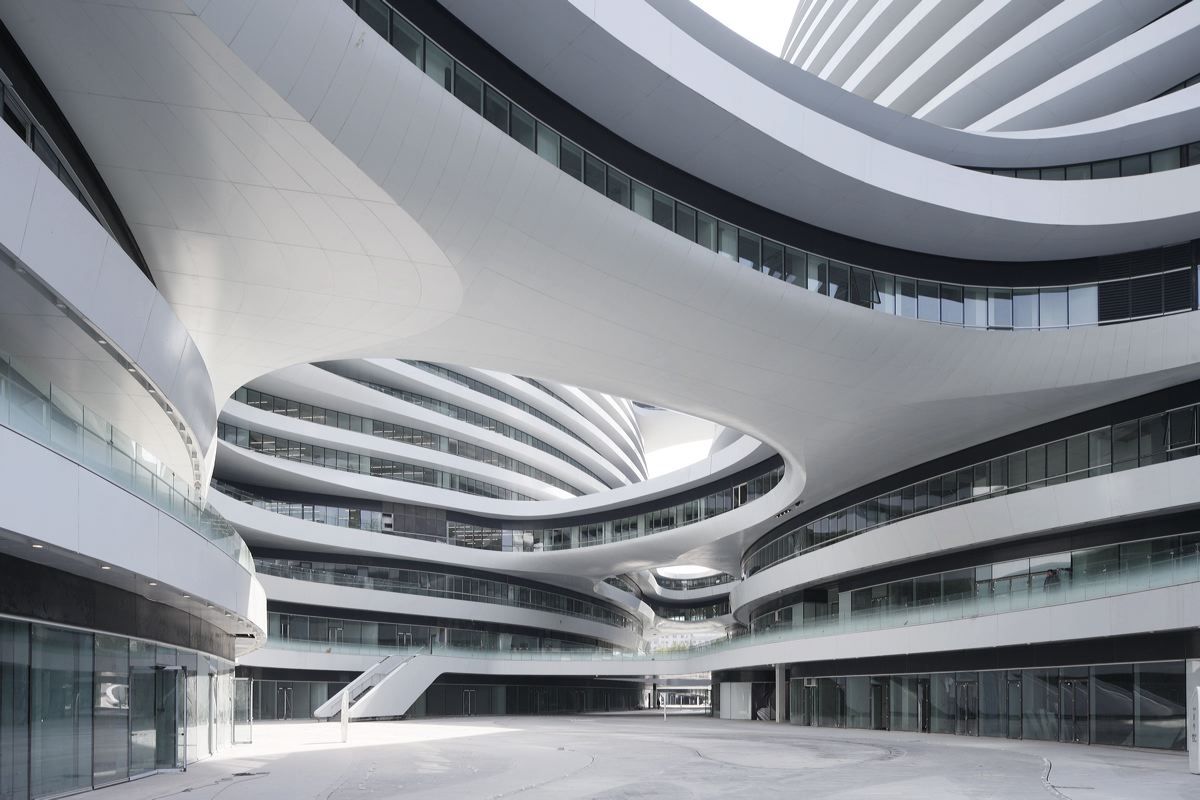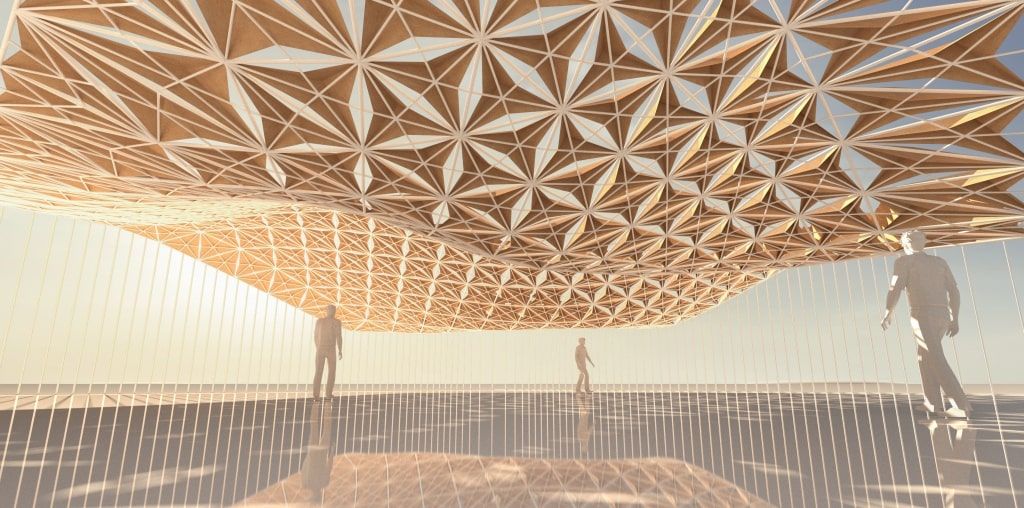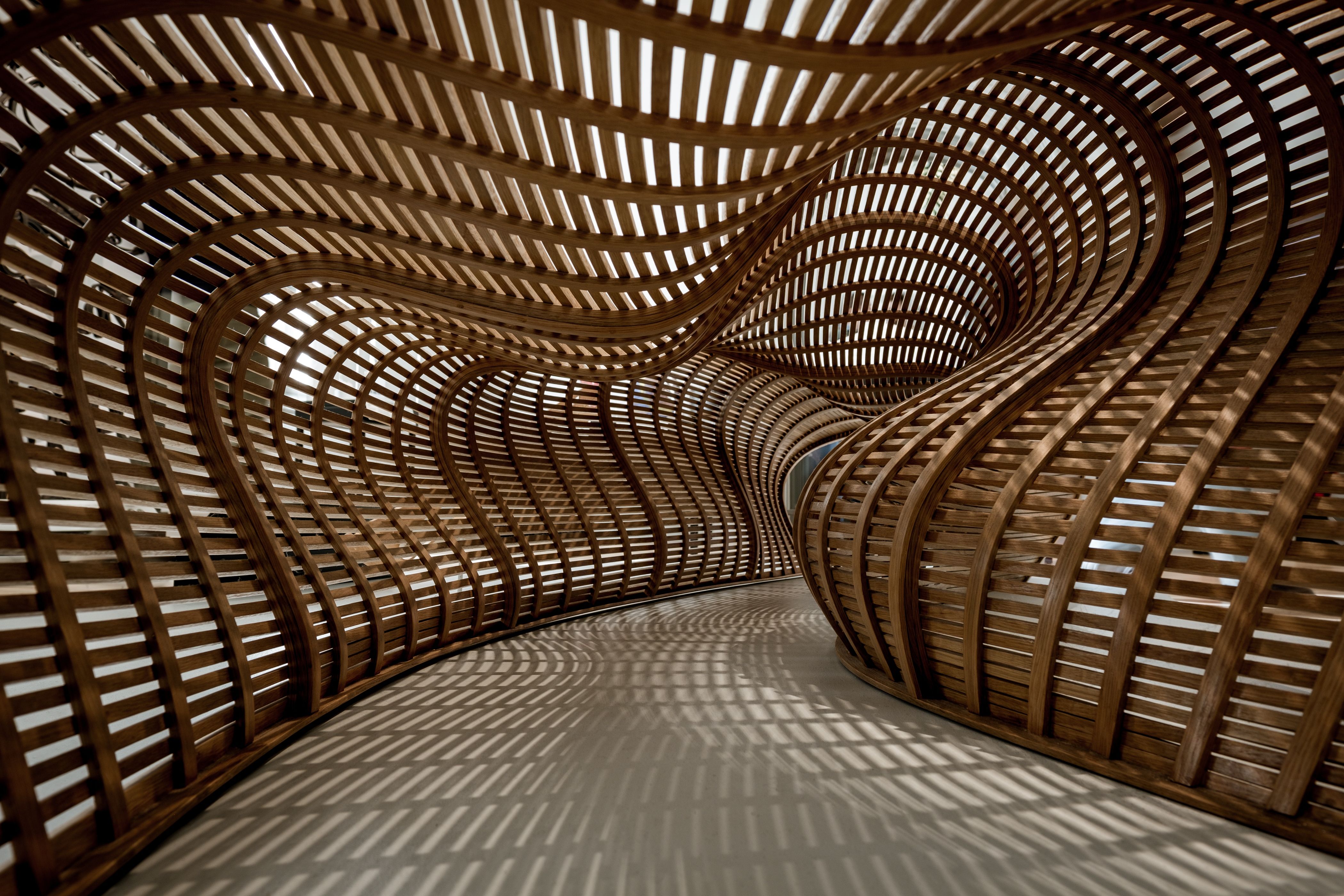Streaming Now – Novatr’s story on The Indian Edtech Story, only on Jio Hotstar.
PROGRAMS
Join thousands of people who organise
work and life with Novatr.
Top 7 Design Professions That Use Rhino 3D
Ruchi Saoji
4 mins read
August 02
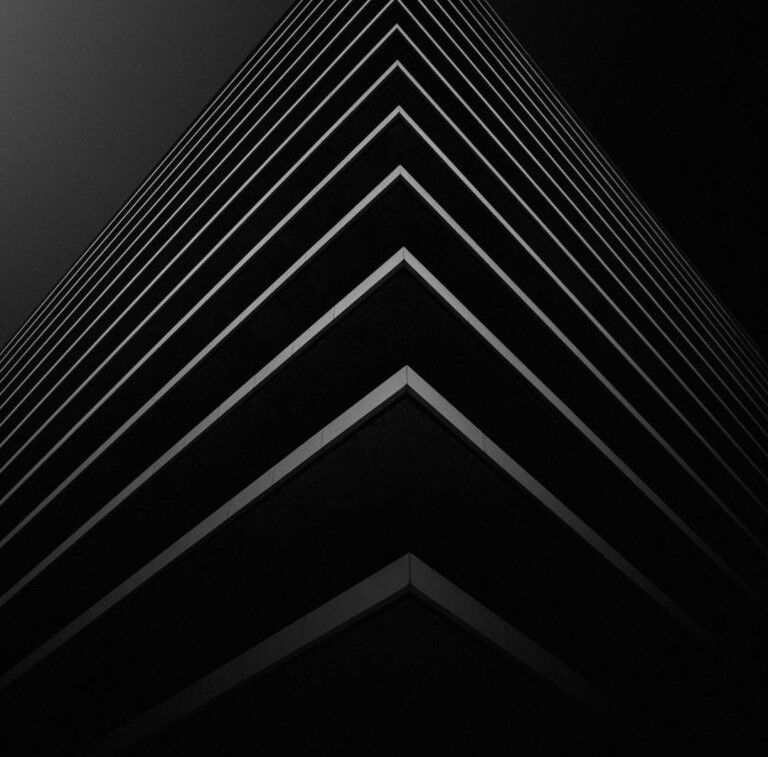
So, Who Uses Rhino 3D?
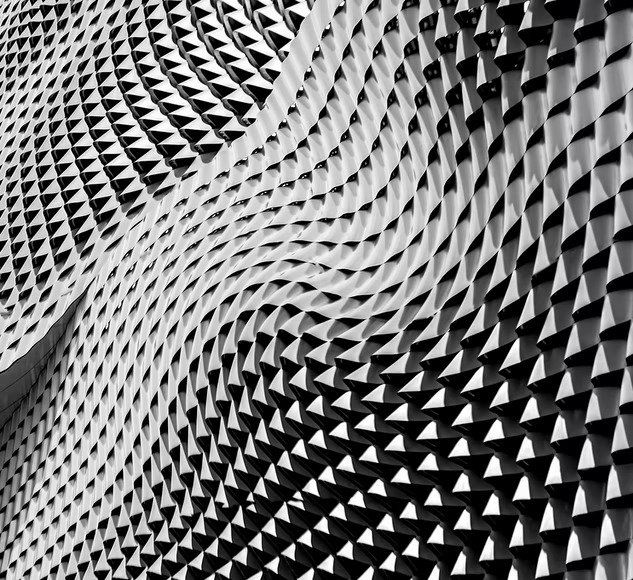
Parametric pattern (Source: https://unsplash.com/)
1. Jewellery Design
Jewellery design is one of the earliest forms of design by humanity, which ranges from simple beadwork to gem-cutting and metalwork. The design base has shifted to computation design software like Rhinoceros 3D due to growing human aspirations and other factors such as expense, complexity, and efficiency. Rhino is an exceptional tool for visualizing your design illustration to photorealistic renderings for your clients. Brand-specific plugins will allow you to link 3D models to real-time inventory such as gemstones and mountings.
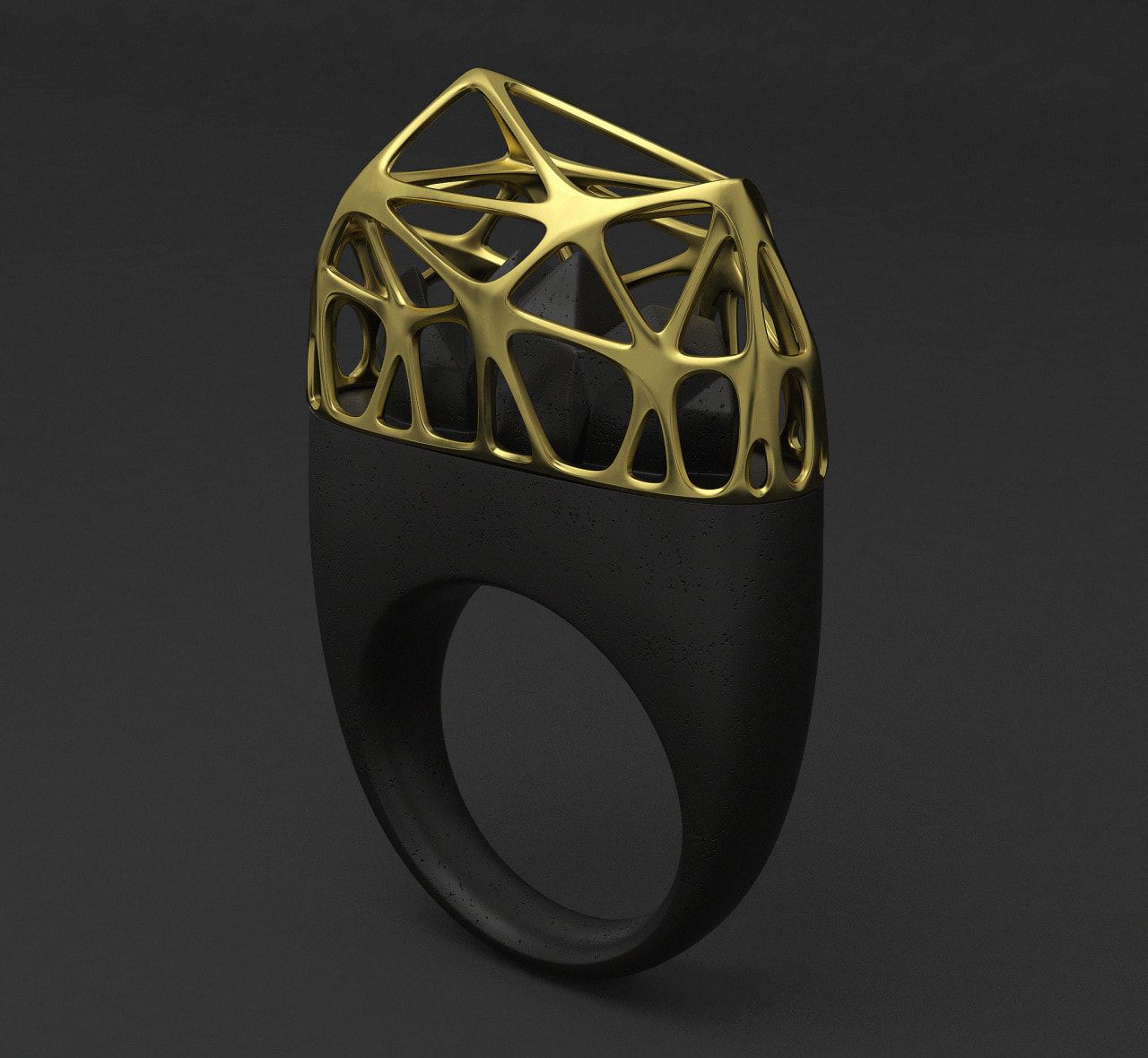
Parametric jewellery (Source: https://3dsgn.tumblr.com/)
2. Industrial Design
A key characteristic in the mass production of your products is ideation through creative minds. By using 3D design software such as Rhino 3D, you can set up a concept design quickly. The freeform capabilities are robust and durable. Plugins for Rhino also provide added functionality to create organic models and user-focused solutions with aesthetics.
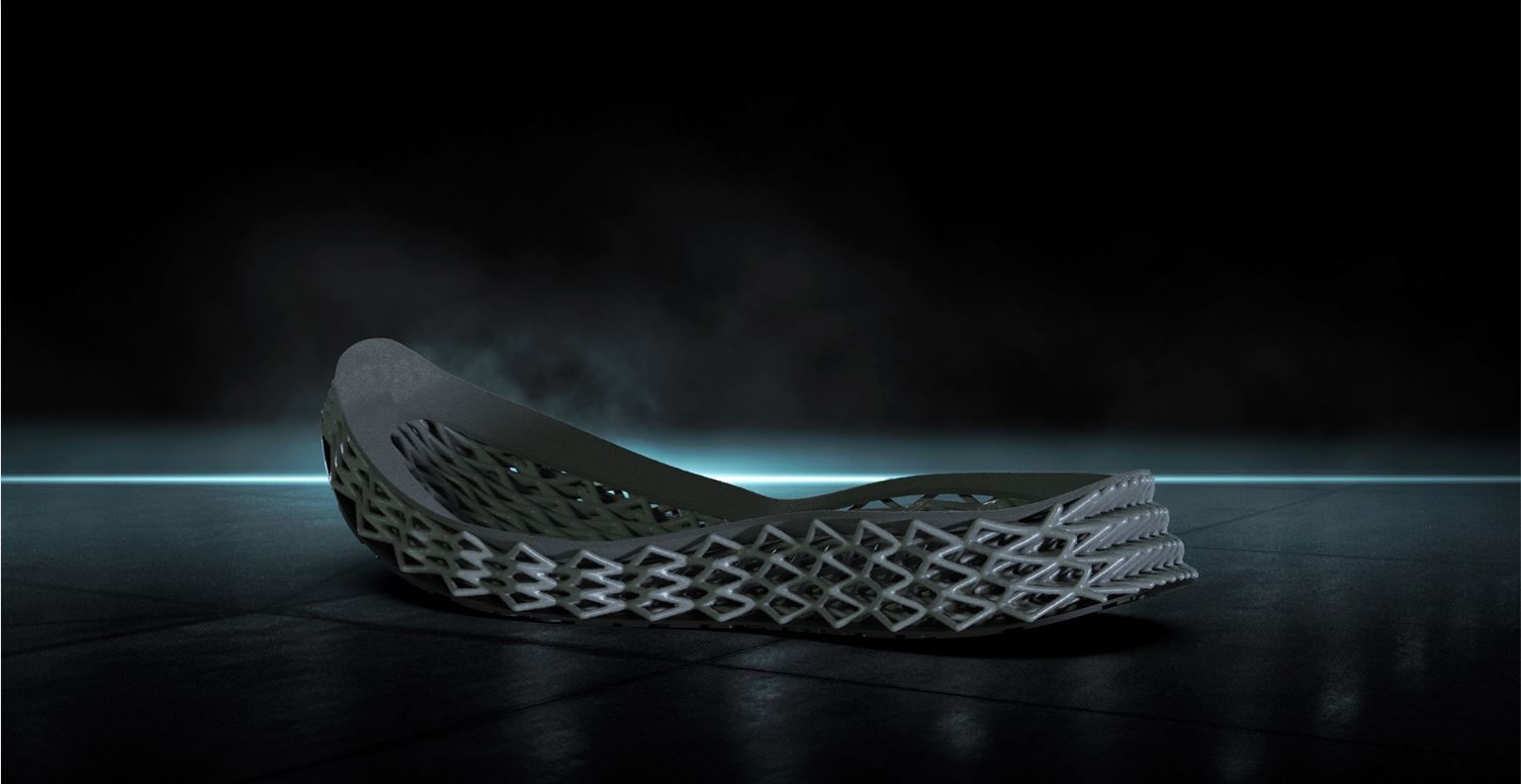
INPULSA by Marco Merafina (Source: https://www.behance.net/)
3. Furniture Design
Using various materials like wood, metal, or glass, you can generate flowing or stiff sculptural forms of furniture design in Rhino. To create such highly crafted furniture, you require meticulous attention to detail and analysis, where Rhino's modelling and rendering play a crucial role. After the initial design phase, you can create endless renders in a day and explore all the aspects of producing various materials, finishes, and colours.
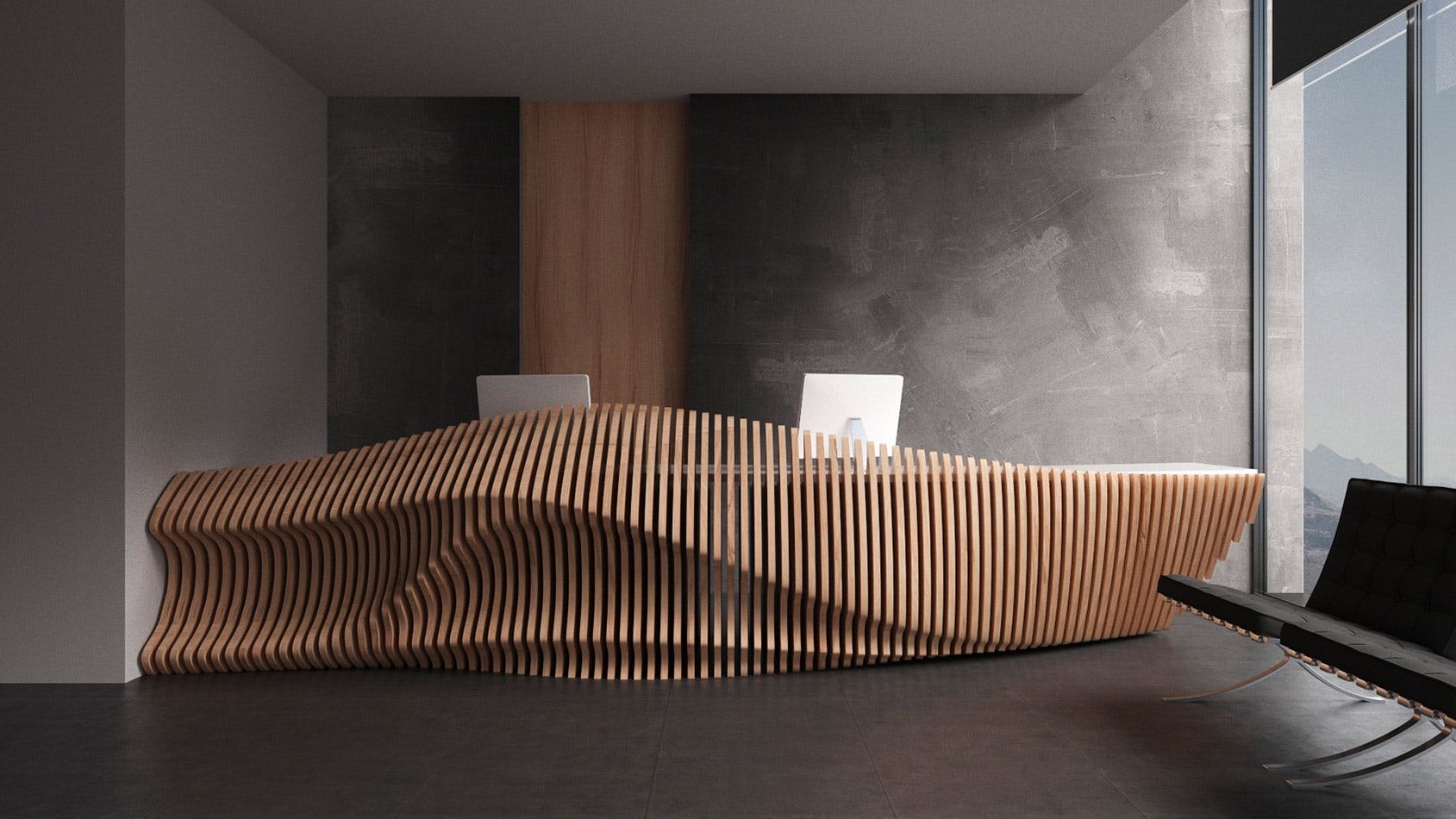
Front desk design (Source: https://theinspirationgrid.com/)

4. Reverse Engineering
Reverse engineering in design plays a significant role in every industry, either to understand how a product was created for its reproduction or to identify the root cause of the failure by using a physical part as a starting point. During the design process for a new product, 3D modelling can test, evaluate and validate your conceptual design. With Rhinoceros 3D, reverse engineering of complex organic and free forms is like a cakewalk. Several plugins ensure real-time deviation control, simplicity, affordability, and accurate mesh-surfacing. Automatic surfacing provides unbeatable power to convert virtually any scanned shape into a CAD model.
5. Naval Design
Rhino 3D is used extensively as a modelling tool by designers in naval architecture. Engineering and fabrication of floating as well as offshore structures can be easy with this software. It can also help you create a wide range of things that either are flat or incorporate curves like a hull, superstructure, deck layouts for heavy lift vessels, etc. You can also execute volumetric analysis along with weight and mass with precision. Since this software is affordable, you can integrate it with other dedicated engineering software to create extravagant designs for ships, yachts, boats, and offshore installations.
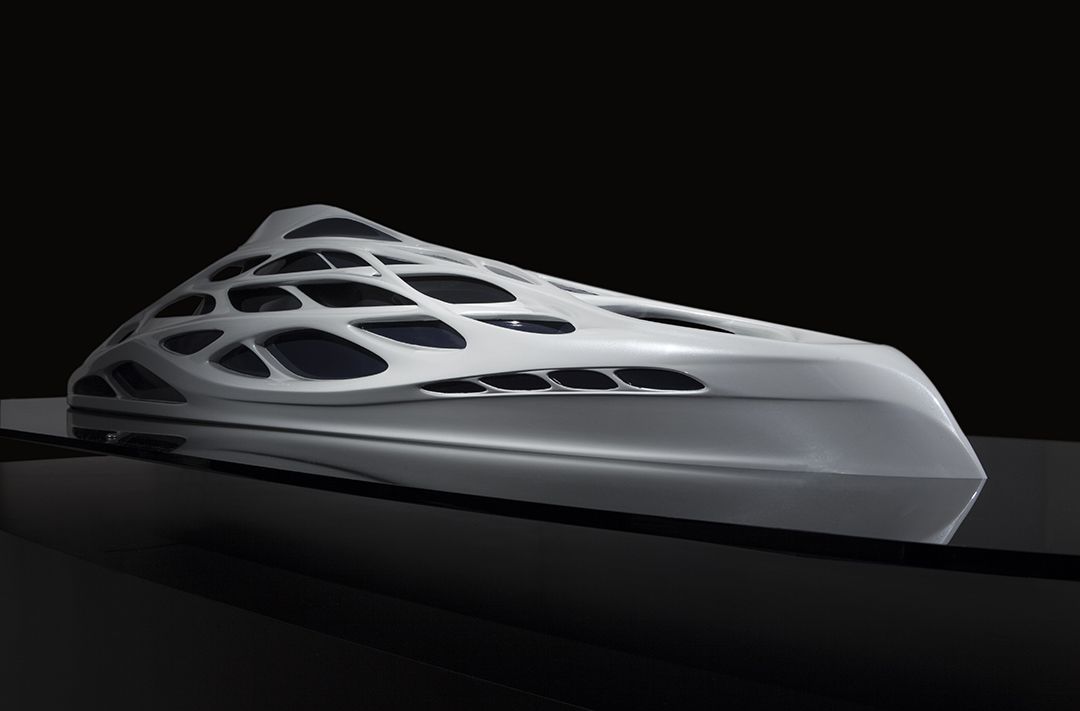
Unique Circle Yachts by Zaha Hadid Architects (Source: https://www.zaha-hadid.com/)
6. Automobile Design
Rhino offers one of the best platforms for 3D modelling and generative or additive architecture that is accurate. The amalgamation of Rhino and 3D printing for prototyping and mass production is beneficial for the rapid prototyping of automobile parts.
7. Architectural Design
In the workflow of architecture, Rhinoceros 3D has become an essential software. This parametric design software has become a popular base among young architects. Various free-flowing structures are generated just by evolving the parameters that control the quality of your project. With optimization, management of complexity, and multiple illustrative display modes, this software generates a complex virtual concept into 3D reality.
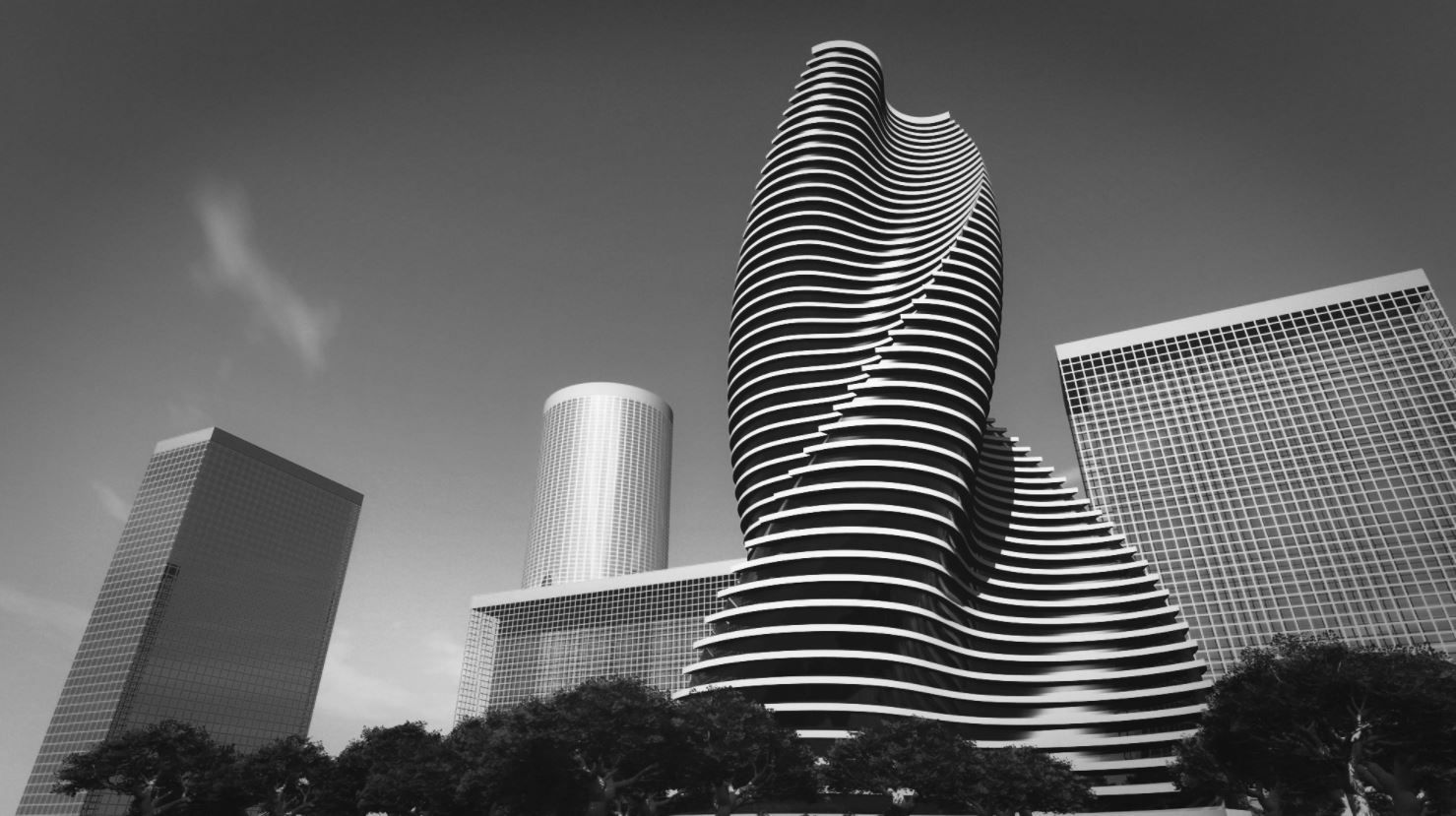
Tower_8 concept Oskar Thiemicke (Source: https://www.behance.net/)
Still not convinced about parametric and computational design? Listen to our course mentor, Brice Pannetier, shares why architects should learn computational design.
Understand what parametric design and modelling is with our Comprehensive Guide as your first step to learning this state-of-the-art design technique.
Hope these examples have brought you a bit closer to your dream professions!
There is so much Rhinoceros 3D software can offer to the design industry. If you are interested in mastering such versatile software, follow the link to Novatr for an intensive Parametric Modelling Course. To learn more about parametric modelling, visit our Resources page.

Join 100,000 designers who read us every month
